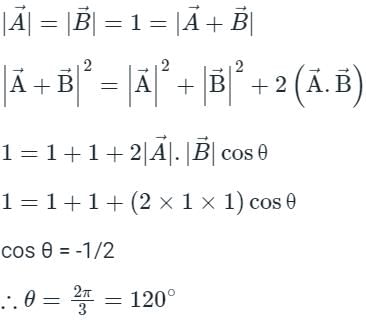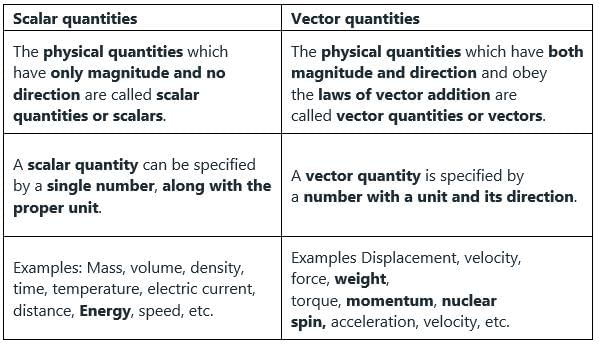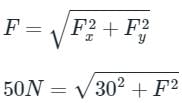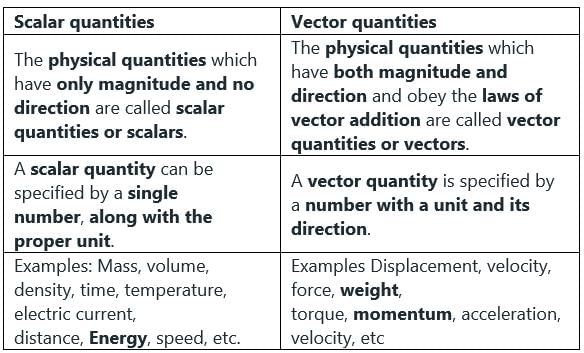Grade 12 Exam > Grade 12 Tests > Test: Vector - Grade 12 MCQ
Test: Vector - Grade 12 MCQ
Test Description
10 Questions MCQ Test - Test: Vector
Test: Vector for Grade 12 2025 is part of Grade 12 preparation. The Test: Vector questions and answers have been prepared
according to the Grade 12 exam syllabus.The Test: Vector MCQs are made for Grade 12 2025 Exam.
Find important definitions, questions, notes, meanings, examples, exercises, MCQs and online tests for Test: Vector below.
Solutions of Test: Vector questions in English are available as part of our course for Grade 12 & Test: Vector solutions in
Hindi for Grade 12 course.
Download more important topics, notes, lectures and mock test series for Grade 12 Exam by signing up for free. Attempt Test: Vector | 10 questions in 10 minutes | Mock test for Grade 12 preparation | Free important questions MCQ to study for Grade 12 Exam | Download free PDF with solutions
Test: Vector - Question 1
Two unit vectors are inclined at an angle, so that their resultant is also a unit vector. the angle is -
Detailed Solution for Test: Vector - Question 1
Test: Vector - Question 2
If the maximum and minimum value of the resultant of two forces are 40 units and 20 units respectively, then the magnitude of both forces are
Detailed Solution for Test: Vector - Question 2
Detailed Solution for Test: Vector - Question 3
Detailed Solution for Test: Vector - Question 4
Detailed Solution for Test: Vector - Question 5
Test: Vector - Question 6
The x -component of a force of 50N is 30N, then what will be the y-component of the same applied force?
Detailed Solution for Test: Vector - Question 6
Detailed Solution for Test: Vector - Question 7
Detailed Solution for Test: Vector - Question 8
Detailed Solution for Test: Vector - Question 9
Detailed Solution for Test: Vector - Question 10
Information about Test: Vector Page
In this test you can find the Exam questions for Test: Vector solved & explained in the simplest way possible.
Besides giving Questions and answers for Test: Vector, EduRev gives you an ample number of Online tests for practice
Download as PDF


 and
and  the resultant will be:
the resultant will be:


























